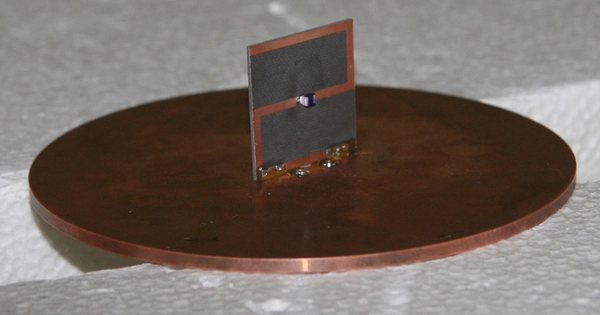Metamaterial antennas are a type of antenna that employs metamaterials to improve the performance of miniaturized (electrically small) antenna systems. Their purpose, like that of any other electromagnetic antenna, is to launch energy into space. This type of antenna, on the other hand, incorporates metamaterials, which are materials engineered with novel, often microscopic, structures to produce unusual physical properties. Antenna designs that include metamaterials can increase the antenna’s radiated power.
Metamaterial antennas are antennas that use metamaterials, which are engineered materials with unique electromagnetic properties. These antennas are designed to overcome traditional antenna limitations and provide improved performance in terms of bandwidth, efficiency, and size reduction.
Metamaterials are materials that have been artificially engineered to have properties not found in natural materials. They are made up of subwavelength structures known as meta-atoms, which interact with electromagnetic waves in a controlled manner. Metamaterials can manipulate and control electromagnetic wave propagation by arranging these meta-atoms in specific patterns.
Conventional antennas with very small wavelengths reflect the majority of the signal back to the source. Because of its novel structure, a metamaterial antenna behaves as if it were much larger than its actual size. To print metamaterial elements on a PC board, established lithography techniques can be used.
Some key features and advantages of metamaterial antennas include:
- Miniaturization: Metamaterials enable the design of compact antennas that are significantly smaller than traditional counterparts, which is beneficial for applications with limited space.
- Wide bandwidth: Metamaterial antennas can achieve wider operational bandwidths compared to conventional antennas, allowing for increased data transmission rates and improved signal quality.
- Beam steering and beam shaping: Metamaterials can be used to design antennas with the ability to steer and shape the radiation pattern. This enables better control over signal directionality and coverage.
- Frequency agility: By using metamaterials, antennas can be designed to exhibit tunable or reconfigurable properties, allowing for flexibility in operating frequencies.
- Improved efficiency: Metamaterial antennas can enhance radiation efficiency and reduce power loss, leading to improved overall performance.
Application
These novel antennas are useful for applications such as portable satellite interaction, wide-angle beam steering, emergency communications devices, micro-sensors, and portable ground-penetrating radars used to search for geophysical features. Wireless communication, space communications, GPS, satellites, space vehicle navigation, and airplanes are some of the applications for metamaterial antennas.
















